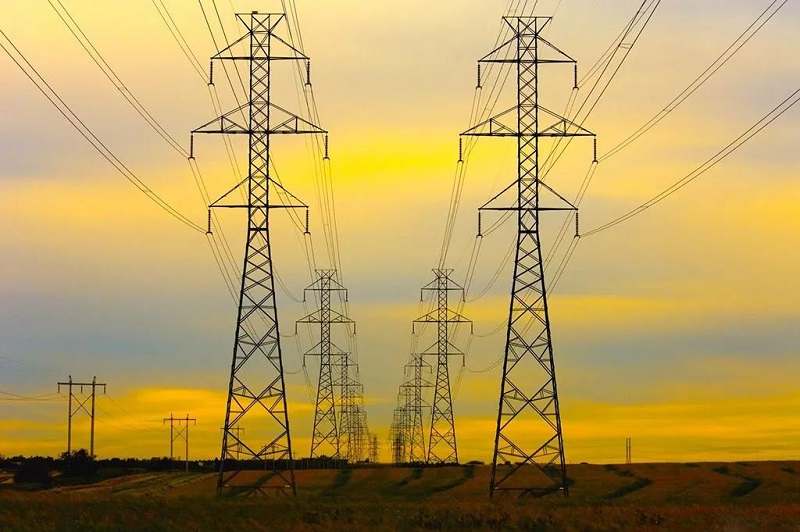In recent years, a new round of energy revolution in the direction of clean and low-carbon energy has been booming around the world. Renewable energy is mainly converted into electrical energy due to clean energy. As a hub platform for energy conversion, utilization and transportation, the power grid is facing an urgent need for comprehensive upgrades.
The energy industry is becoming increasingly green. While coal-fired and nuclear power stations were once the main sources of electricity, thousands of wind turbines, biogas plants and solar parks are producing energy to meet our future energy needs, and renewables continue to account for a larger share of total electricity use. increase.

With the revolution in energy technology, the development of new energy, energy storage and new power technologies has become a trend in power grid technology innovation. Multi-energy, complementary, comprehensive utilization, power electronics and advanced power transmission technologies are increasingly used in power systems. Extensive, the combination of digital technology represented by big data, cloud computing and the Internet of Things, artificial intelligence and blockchain with power grid technology provides a powerful impetus for power grid technology upgrades.
Control smart grids with digital solutions
The increasing share of renewable energy means CO2 emissions are decreasing. However, energy markets also face new challenges, such as managing decentralized power plants, greater reliance on weather conditions, and reliable delivery and distribution of power to the grid. Current grid management is very simple: Grid operators control just a few power plants and can easily coordinate generation, distribution and storage. They always know how much power each plant will provide and when. In addition, depending on the current grid load, the power plant can be shut down or started up.
However, the more decentralized the energy supply, the more complex it is to control the grid. Wind turbines only generate electricity when the wind is blowing, while solar energy only generates electricity when the sun is shining. Today, there are tens of thousands of decentralized generating units supplying power to the grid. To avoid overloading or underloading the grid, companies in the energy industry must be able to react at any time by starting or shutting down generating units. This is a task for the energy sector that is difficult to solve without digital support.
How do grid operators obtain power consumption data?
According to relevant research, in addition to decentralization, decarbonization and democratization, digitalization, especially the Internet of Things (IoT), will be a core element in changing the power supply structure to expand renewable energy. The introduction of smart meters and IoT solutions will help grid operators obtain real-time information on smart grid conditions. To do this, electricity producers, whether private households or energy service providers, must send data through local IoT devices.
Data from fixed and mobile networks are then evaluated and integrated by artificial intelligence on a central cloud-based IoT platform. Smart grids can be automatically controlled using such data, and fluctuations in the grid can be absorbed through smart energy management systems. AI can also use such data to quickly detect grid bottlenecks or potential overloads. In addition, it simplifies the maintenance of the system. For example, smart sensors on wind turbines can monitor the status of the motor and immediately sound an alarm if the reading is abnormal.
IoT doesn’t just allow you to control and optimize your current network, but newly acquired data can create new business models. For example, electricity traders can sell surplus electricity to electric car owners, effectively converting car batteries into energy storage. device.